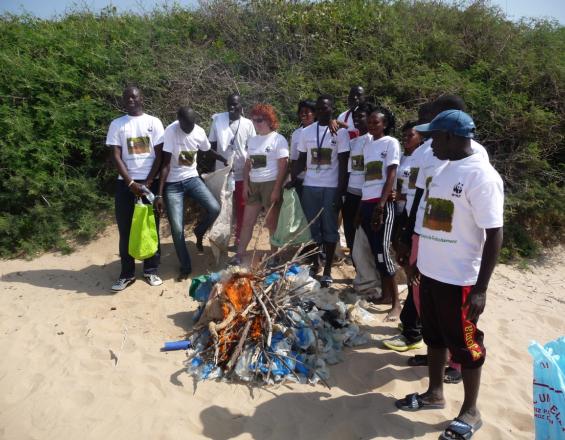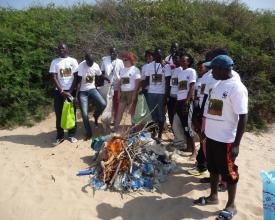Participatory governance of Senegal's marine protected areas

Participatory governance is a new experience developed by Senegal in the process of organizing, setting up and managing its network of marine protected areas. This approach enables Senegal to better fulfill its commitments under international conventions such as the Convention on Biological Diversity, adopted in 1994, and to move from a regalian management model to a participatory process enabling it to transfer its powers to local authorities for the governance of their natural resources. This is an iterative and participatory process, encouraged and supported by the State to enable local communities to create and manage protected areas as a tool for the sustainable management of natural resources and the fair and equitable sharing of the benefits.
Impacts
- The principle of subsidiarity is taken into account in the establishment of MPAs, as local authorities can, in accordance with the provisions of the laws governing local authority codes and the transfer of powers, issue communal and departmental resolutions for the establishment of MPAs ;
- Integration of local natural resource management charters and agreements into the regulatory framework (internal regulations);
- Compliance with the criterion of stakeholder representativeness within governance bodies (management committee, scientific committee and steering committee):
- Improving the knowledge base on marine fauna:
- Contribution to achieving the Aïchi objectives (MPA coverage rate increased from 0.6% in 2012 to 2% in 2019);
- Rehabilitation of degraded ecosystems (immersion of artificial reefs, reforestation, biological rest, seeding, erosion control, etc.):
- Reducing conflicts over access to and use of resources;
- Better involvement of stakeholders in management and decision-making processes.
- Responsible use of biological resources
Respect for the principle of social equity in the sharing of benefits arising from resource development activities (profit distribution key).
